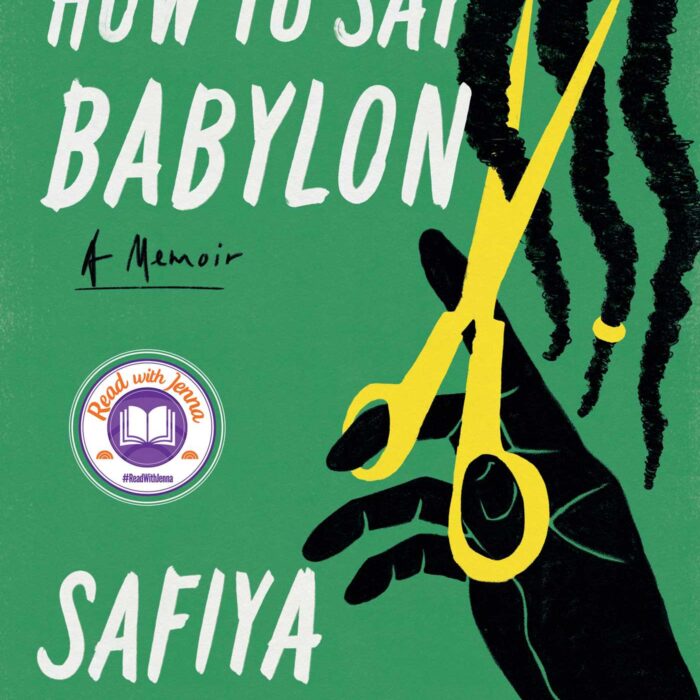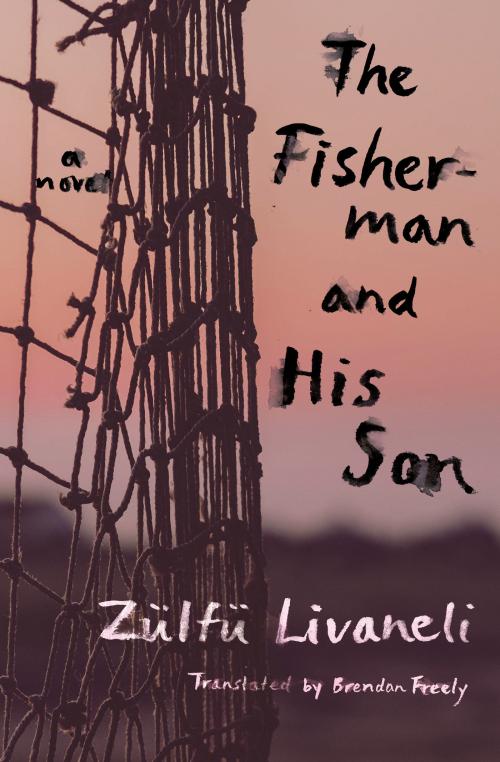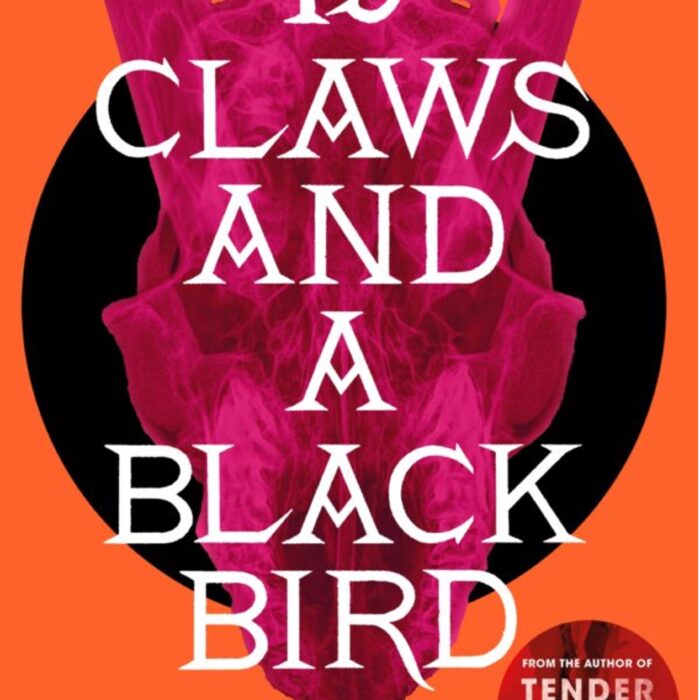You have no items in your cart. Want to get some nice things?
Go shoppingIt was a sad moment for my dad when I stayed with him recently and he caught me in bed reading Judy Annual, 1976. It had enraged him when I was sixteen, as he sent me to a “good school” and I “should be reading proper books!” But after studying a whole other world of classics at school and university, I am still like a magnet to comics, annuals and – now the biggest money maker in the publishing industry – the graphic novel.
Words are an imperfect medium. How can we faithfully translate emotions into words when consciousness is infinite and words are finite? In the late 1970’s, Will Eisner created a biography of Dropsie Avenue in the Bronx and “the ethnic and social changes of its stream of occupants”. In the hope of enticing the patronage of a main stream publisher he called it a ‘graphic novel’. The book , A Contract with God , is a series of stories – “some are true, some could be true” – about “life, death, heartbreak and the never-ending struggle to prevail… or at least survive”.
Eisner wrote it after his sixteen year old daughter died. And it’s not a comic nor is it The Year of Magical Thinking. The tales are caught with a cinematic approach to images and a literary economy of words. It’s a man in a metropolis, his head bowed; with “the sewers overflowing and the waters rising over the curbs of the street” exorcising his rage at a deity he believes has violated his faith. The stories are told in the same multifaceted way that they were experienced.
As a dyslexic, maybe it’s only fitting that I deal better with images than straight narrative. Words don’t always suffice. There’s no excuse for Judy Annual- apart from the fact that I just love it. But there’s no excuse for not seeing how skilfully clever a book like Asterios Polyp (by David Mazzucchelli) is. In it, form becomes function. The arrogant anti-hero Asterios Polyp, an architect teacher and womaniser, is at times drawn in red cylinders when arguing with his wife (drawn in blue etchings). And when he asserts his character the make-up of his students physically changes. But Asterios is introduced to us first “standing in the rain watching his home burn up, thinking one thing: Not again.” I am as fazed as he is, trundling through five pages of New York terrain with only the clothes on his back. Sodden and alone in the subway, a small bird flies out of the station (and the page); a woman sits on her suitcase at the bottom of the escalator vomiting on her shoes. Neither is explained. They don’t serve as metaphors but are shown as random happenings, the backdrop to Asterios’ first steps on an epic journey of discovery. Asterios stares out the bus window watching the American landscape shoot past. And it’s the same land Jack Kerouac described- the same fields of dreams and ash heaps from The Great Gatsby, brought to a new audience.

Before Asterios Polyp, Mazzucchelli had the painful, arduous task of working with Paul Auster, adapting City of Glass into a graphic novel. The story is packed with strange metaphysical happenings. A lone man gets mistaken for a detective, decides to play the role, follows a jittering old man through New York, and ultimately disintegrates into the very foundations of the city. Frame-by-frame we see this little figure turn from man to brickwork, literally becoming the wall he leans against.
The latent theme of City of Glass is the word itself. So what better way to discuss our severance from language, our inability to connect feeling with the tool on the tip of our tongue than images? In my eyes, the genre of ‘The Great American Novel’ is all about the dream, the hope and possibility of a new life in ‘the land of the free’ and the loneliness which pays for it. What better way to tell this than through pages of un-narrated frames of a man moving from one disaster in his life into the unknown? Mazzucchelli’s Asterios Polyp and his adaptation of City of Glass force the reader to slowly reflect on his characters and the epic adventures they embark upon. We get to see them wander through inexplicable dreamscapes, shrink in the vastness of the city, or literally become the bricks and mortar which built it.
Graphic novels are not just about girls with blonde pigtails flirting with the neighbour’s son over the garden fence. It’s a medium where anything seems expressible. And if I was to send one to my dad, he might just come round to the idea.
If you enjoyed this post, make sure you pick up a copy of September’s issue of Litro – Comics & Graphic Fiction.

Juliette Golding
Juliette Golding studied at Cheltenham Ladies' College and The University of Manchester before going on to study creative writing in San Francisco. She moved to London as a script writer and marketing executive and is in the process of completing a book of short stories. She currently lives in East London.





Great article! Hope to see more from her soon…